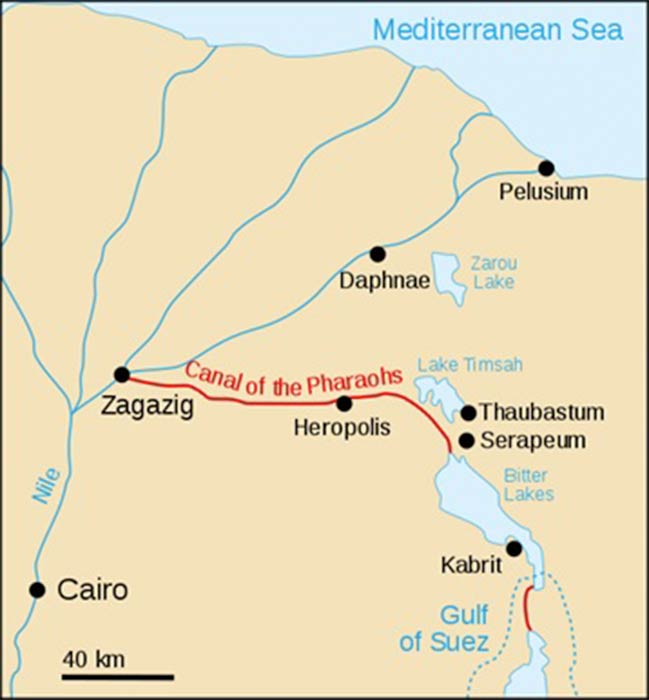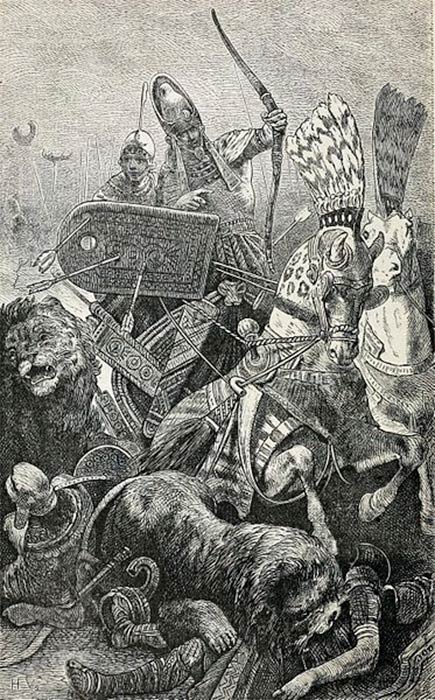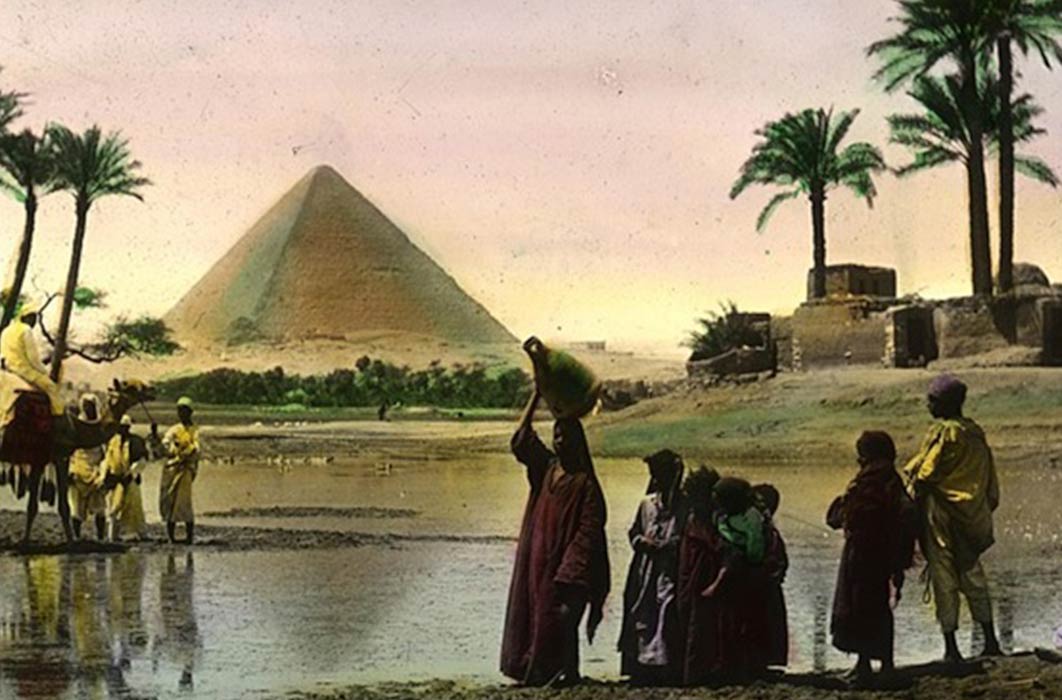
Hydrologic Engineering Marvels Hidden in History
Everyone is familiar with the Seven Wonders of the Ancient World, but according to Scottish historical writer, stone mason, and founder of the Caithness Broch Project, Iain Maclean, while these “tourist traps have been done to death, some equally magnificent engineering feats of antiquity are overlooked”. During a discussion about the reason why Brochs (Pictish round houses) were always located beside running water sources, Maclean expounded about prehistory’s greatest civilizations being masters of water diversion and hydrology. Maclean’s list of five least known ancient engineering marvels, which all have a watery theme, requires battening down one’s hatches to enter a subterranean world of ancient water collecting, diverting, streaming, flooding and damming skills.
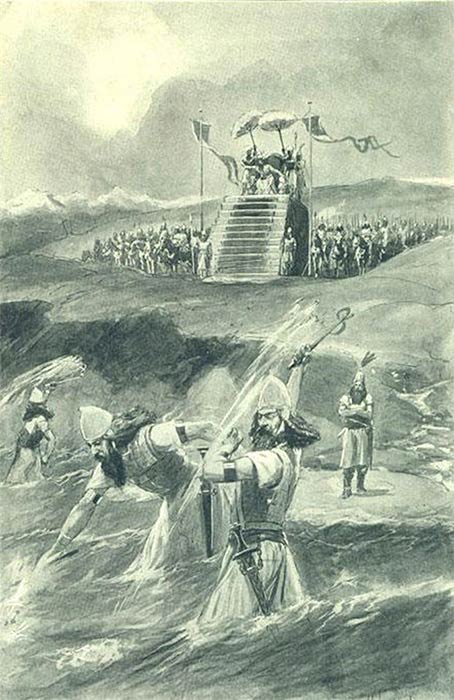
An artist's illustration depicting Xerxes' alleged "punishment" of the Hellespont (1909) (Public Domain)
Xerxes’ Extraordinary Canal
During the First Persian invasion of Greece in 492 BC, the Persian general Mardonius sailed to Greece with an army of 20,000 men onboard 300 ships. Whilst attempting to circumnavigate Mount Athos his armada was struck by a tempest and was catastrophically wrecked. Three years before embarking with his armada to launch the Second Persian invasion of Greece (480–479 BC), the great king Xerxes I of Persia ordered a canal be dug through the isthmus of Athos, in Chalkidiki, northern Greece, wide enough for two triremes to be rowed side by side, to avoid the same calamity that befell general Mardonius.
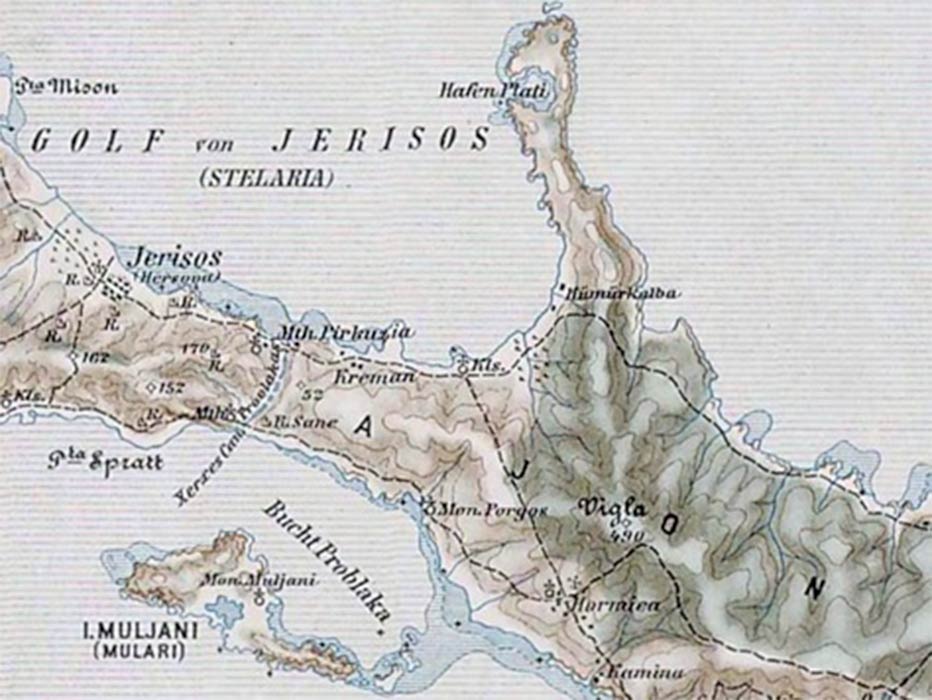
Map of Athos, showing the Xerxes Canal. Military mapping authority of Austria-Hungary (Public Domain)
Xerxes’ Canal was a navigable waterway cut through the Mount Athos peninsula and it is one of the few monuments remaining in Europe that had been constructed by the Persians. This was the largest civil engineering project to have ever taken place in ancient Greece where the Persians made an island of Mount Athos. The Greek Historian Herodotus described the construction in his Book VII: chapters 1‑56 as follows: “Most of the men engaged in the work made the cutting the same width at the top as it was intended to be at the bottom, with the inevitable result that the sides kept falling in, and so doubled their labor. Indeed they all made this mistake except the Phoenicians, who in this – as in all practical matters – gave a signal example of their skill. They, in the section allotted to them, took out a trench double the width prescribed for the actual finished canal, and by digging at a slope gradually contracted it as they got further down, until at the bottom their section was the same width as the rest.”
The great Sesostris (Rameses II) in the Battle of Khadesh. Publisher New York Ward, Lock. (Public Domain)
The Fabulous Pharaonic Canal
Who would have thought that the modern Suez Canal has ancient Egyptian origins? After the legendary conqueror Pharaoh Sesostris cut an ancient canal joining the Nile with the Red Sea (1897 BC – 1839 BC) an irrigation channel was constructed around 1850 BC which was navigable during the Nile’s flood season. Leading into a dry river valley east of the Nile River Delta named Wadi Tumelat this engineering project created what is today known as the ‘Canal of the Pharaohs.’ A later canal, probably incorporating a portion of the first, was constructed under the reign of Necho II around 600 BC, but the only fully functional canal was engineered and completed by Darius I of Persia in 500 BC allowing ships to pass from the Mediterranean to the Red Sea, 2,400 years before the Suez Canal.
